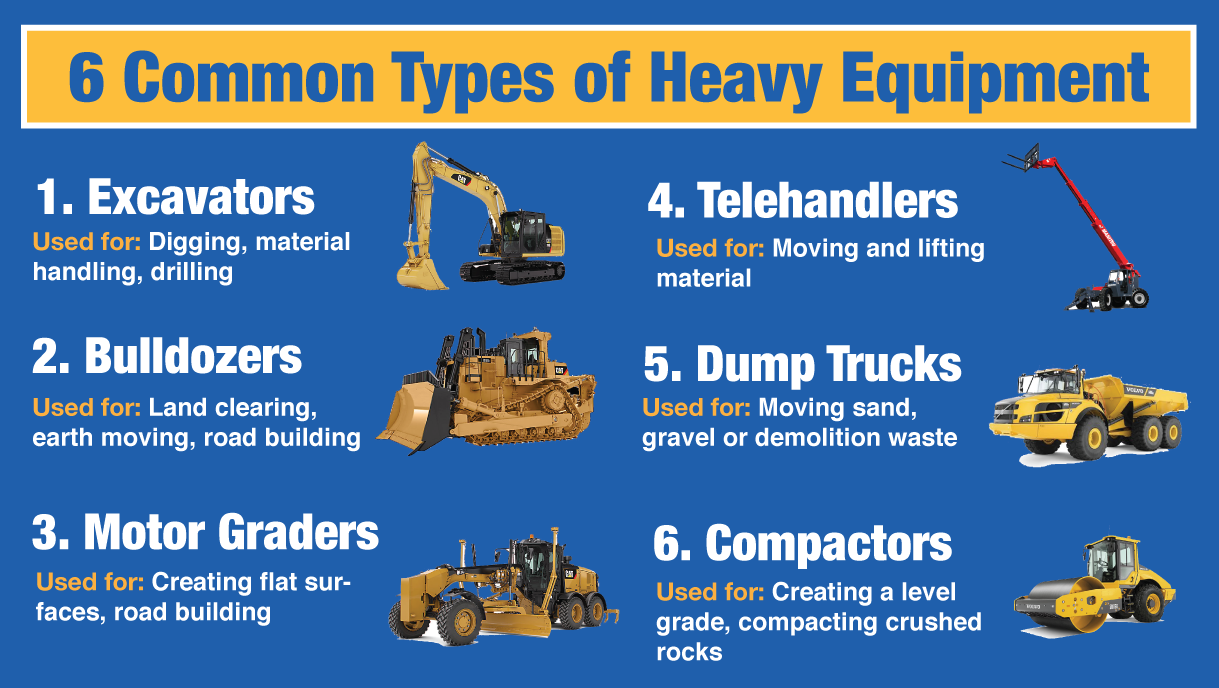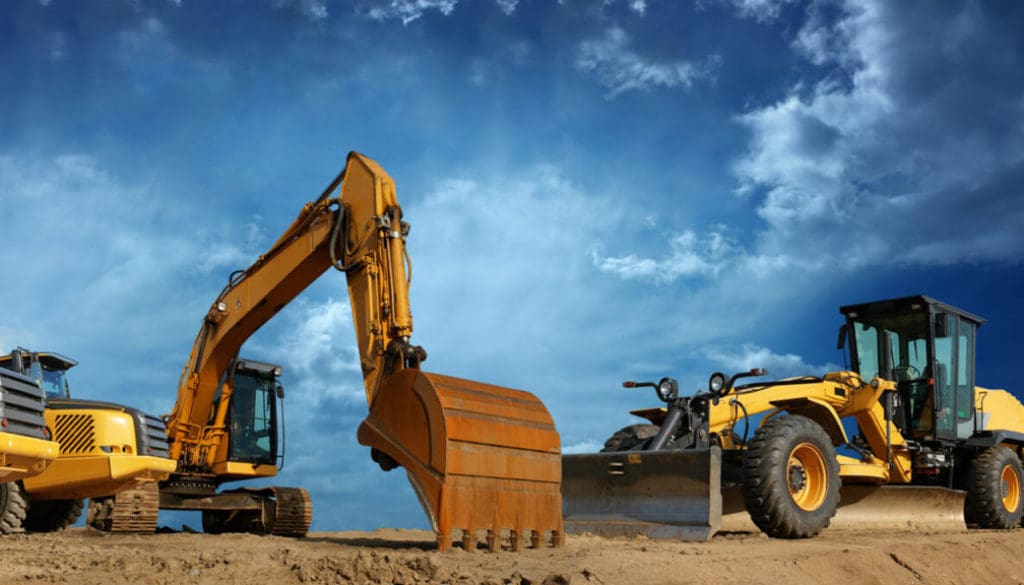Boom Lift Rental: Reach New Levels Securely
Boom Lift Rental: Reach New Levels Securely
Blog Article
Renting Out Vs. Acquiring Construction Equipment: Making the Right Option for Your Job
When embarking on a building and construction project, one of the important choices that predict stakeholders and supervisors face is whether to purchase or lease building and construction devices. Both options have their disadvantages and benefits, making the choice a crucial one in the project preparation process. The decision depends upon numerous variables such as expense considerations, project period, tools maintenance, scalability, threat, and adaptability monitoring. Each aspect plays an essential duty in figuring out the most appropriate path for the project's devices demands. mini excavator rental. Let's discover these factors further to comprehend just how they influence the decision-making process and ultimately the success of the job.
Price Considerations
When evaluating the financial facet of leasing versus getting building and construction devices, the in advance expenses and long-lasting costs must be carefully considered. Leasing devices usually requires reduced preliminary repayments compared to purchasing, making it an appealing alternative for short-term projects or contractors with spending plan restraints. Renting removes the requirement for large capital investments and minimizes the financial risk connected with devices ownership, such as maintenance and devaluation expenses. Nevertheless, in the future, constantly leasing devices can gather higher expenses than purchasing, specifically for extended jobs.
On the other hand, buying building and construction devices entails higher upfront expenses yet can result in lasting financial savings, specifically for long-lasting jobs or constant users. Possessing devices provides versatility, comfort, and the possibility for resale value once the project is completed. Additionally, possessing devices enables modification and experience with certain equipment, possibly boosting effectiveness and efficiency on-site. Inevitably, the decision in between purchasing and leasing building devices rests on the task's period, regularity of usage, spending plan considerations, and lasting financial objectives.
Task Period

Alternatively, for long-term tasks or recurring construction job, buying equipment might be the much more cost-effective alternative. Getting devices can lead to set you back savings in the long run, especially if the equipment will certainly be frequently utilized. Furthermore, possessing devices offers a sense of control over its accessibility and permits modification to fit specific task demands.

Devices Maintenance
Given the essential role task duration plays in figuring out the most economical technique between buying and leasing building and construction devices, the focus currently moves towards checking out the necessary facet of devices upkeep. On the various other hand, owning tools calls for an aggressive technique to upkeep to stop malfunctions, make sure safety and security, and prolong the equipment's life expectancy. Ultimately, a well-kept construction tools fleet, whether rented out or possessed, is essential for the effective and effective conclusion of building and construction tasks.
Versatility and Scalability
In the realm of building and construction devices administration, the aspect of versatility and scalability holds significant relevance for job efficiency and resource application. Opting to rent out building and construction devices provides a high level of adaptability as it permits the fast change of tools kinds and amounts based upon the evolving demands of a project. Leasing makes it possible for contractors to access a variety of specific devices that might be needed for details jobs without the long-lasting commitment of ownership. This flexibility is particularly advantageous for projects with differing needs or unsure periods (mini excavator rental).
Leasing construction devices provides the advantage of conveniently scaling procedures up or down as task needs change. Contractors can quickly include or trade equipment to match the job's transforming demands without the constraints of owning assets that may end up being underutilized or outdated.
Danger Administration
Effective threat administration in construction tools procedures is critical to making sure project success and mitigating possible economic losses. Building and construction tasks inherently entail numerous risks, such as tools break downs, crashes, and job hold-ups, which can substantially impact the task timeline and budget. By thoroughly thinking about the dangers connected with owning or renting construction tools, task managers can make educated choices to reduce these possible risks.
Leasing building and construction equipment can offer a level of risk mitigation by moving the responsibility of repair and maintenance to the rental company. This can decrease the economic concern on the job proprietor in instance of unanticipated tools failings (scissor lift rental). Additionally, renting out supplies the flexibility to accessibility customized equipment for details task phases, lowering the threat of possessing underutilized equipment
On the various other hand, possessing building and construction devices supplies a feeling of control over its usage and maintenance. However, this additionally means birthing the complete duty for fixings, upkeep costs, and devaluation, enhancing the financial risks linked with equipment ownership. Careful threat analysis and consideration of factors such as task duration, devices utilization, and maintenance needs are vital in determining the most ideal option for reliable threat management in building and construction projects.
Conclusion
To conclude, when making a decision in between buying and renting construction tools, it is crucial to take into consideration cost, task period, tools upkeep, danger, versatility, and scalability management. Each aspect plays an important duty in identifying one of the most suitable alternative for the project available. By carefully assessing these elements, task supervisors can make an informed choice that aligns with their spending plan, timeline, and general project objectives.

Report this page